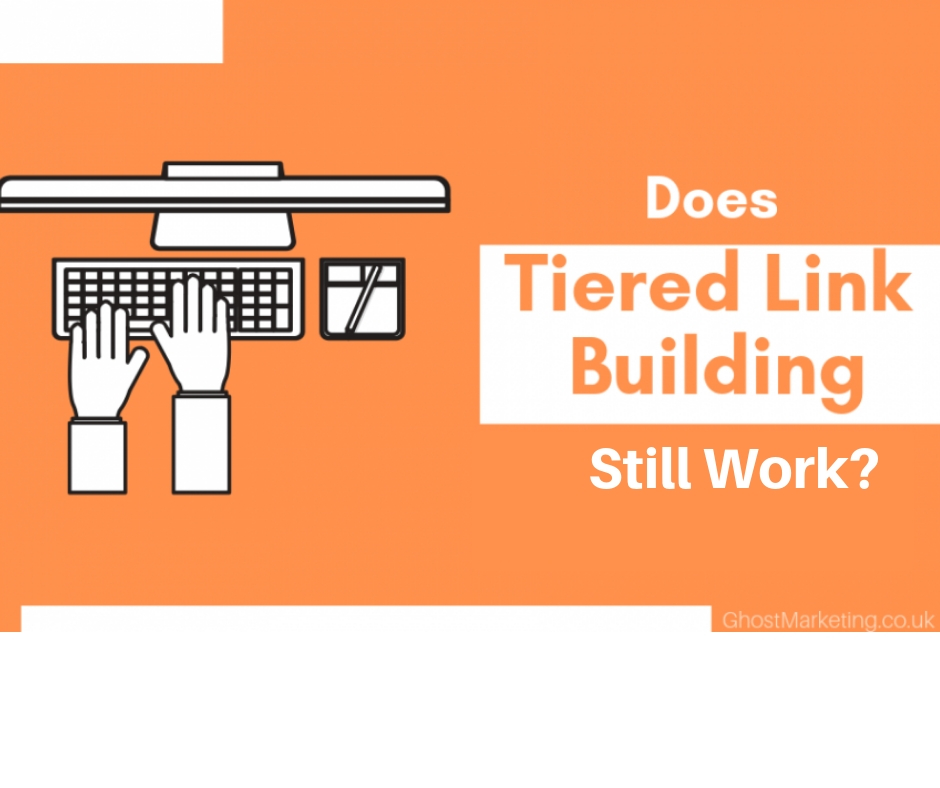Enhance Your SEO Game With Advanced Tiered Link Building Methods
In the ever-evolving landscape of SEO, understanding advanced tiered web link building approaches is vital for staying ahead of the competitors and enhancing your web site's presence. These sophisticated approaches go beyond fundamental link structure techniques, using a nuanced strategy to enhancing your online existence.
Recognizing Tiered Link Structure
Exploring the ins and outs of tiered web link structure introduces a calculated strategy in enhancing site authority and internet search engine rankings. This sophisticated search engine optimization technique involves producing a multi-tiered framework of back links that route web traffic from different resources to a target internet site. The key goal of tiered link building is to establish a network of links that enhance a website's integrity and presence to internet search engine. By strategically linking high-grade, relevant websites to the target site, webmasters can effectively enhance their on-line visibility (tiered link building).
Tiered web link building runs on the principle of link equity circulation. When implemented correctly, tiered web link structure can dramatically affect a website's natural search rankings and drive appropriate traffic to the site.
Selecting Anchor Text Tactically
In the realm of tiered web link structure, a critical facet to carefully think about is the tactical option of anchor message - tiered link building. Anchor text plays an essential duty in signifying to look engines what the linked web page is about, influencing its ranking capacity. When choosing anchor message strategically, it is important to strike a balance in between relevance and variety

Moreover, avoiding over-optimization and using a mix of branded, specific suit, partial suit, and common support message can add to a well-rounded link structure approach. By attentively selecting anchor text, webmasters can enhance the performance of their tiered link structure efforts and drive organic traffic to their sites.
Applying Link Pyramids Successfully

Making Use Of Web 2.0 Features
Effectively leveraging Web 2.0 residential or commercial properties can dramatically enhance the effectiveness of tiered link building methods in improving internet site authority and more tips here search engine rankings. Web 2.0 residential properties are platforms where customers can create and share content, such as blogging sites, social networks systems, and area discussion forums. These residential properties are important in a tiered web link structure method as they provide high domain name authority backlinks and raised on the internet exposure.
When making use of Web 2.0 residential properties, it is vital to produce high-grade and pertinent web content that includes value to the platform and involves customers. By including targeted web links and keyword phrases back to your website, you can improve your website's search engine optimization performance and drive organic website traffic. In addition, expanding check over here your web content throughout various Internet 2.0 properties aids to establish a durable online visibility and build reliability with search engines.
On a regular basis upgrading and keeping these properties with fresh material and engaging with the on-line area can better improve their performance in supporting your tiered link building efforts. By strategically incorporating Web 2.0 residential or commercial properties into your SEO method, you can reinforce your internet site's authority and boost its search engine rankings.
Surveillance and Studying Outcomes
After carrying out tiered web link building strategies making use of Internet 2.0 residential properties, the next crucial action includes tracking and evaluating the outcomes to assess the efficiency of the SEO efforts. Keeping an eye on the performance of the tiered web link building project allows search engine optimization professionals to assess which approaches are generating positive outcomes and which ones may need changes. Making use of tools like Google Analytics, SEMrush, or Ahrefs can provide beneficial understandings right into the traffic, positions, and general impact of the back links created via the tiered web link building procedure.
Examining the results obtained from the tracking phase is critical for making informed decisions on future search engine optimization techniques. By identifying patterns in the information, such as which sorts of web content or platforms are generating one of the most traffic or back links, search engine optimization specialists can fine-tune their strategies for better outcomes. Additionally, assessing the results assists in identifying any type of possible problems or areas for enhancement in the tiered helpful site web link building project, enabling timely changes to be made to enhance efficiency and enhance the general SEO initiatives.
Final Thought
Finally, progressed tiered web link building techniques are crucial for improving website authority and online search engine positions. By purposefully developing a multi-tiered structure of backlinks, making use of link pyramids, web 2.0 residential properties, and assessing results, you can enhance your SEO game and drive natural website traffic. Continuous tracking and optimization are crucial to achieving ideal efficiency and constructing a solid online presence.
The primary goal of tiered link structure is to develop a network of web links that boost a website's reliability and exposure to search engines.Tiered link structure runs on the concept of web link equity distribution.To maximize the impact of tiered link building strategies, mastering the art of executing link pyramids successfully is critical for boosting internet site authority and search engine presence. These base web links after that link to the 2nd rate, which comprises links that route to the base web links and, consequently, to the target site. To execute link pyramids effectively, it is vital to branch out anchor messages, differ link resources, and make certain an all-natural link velocity.